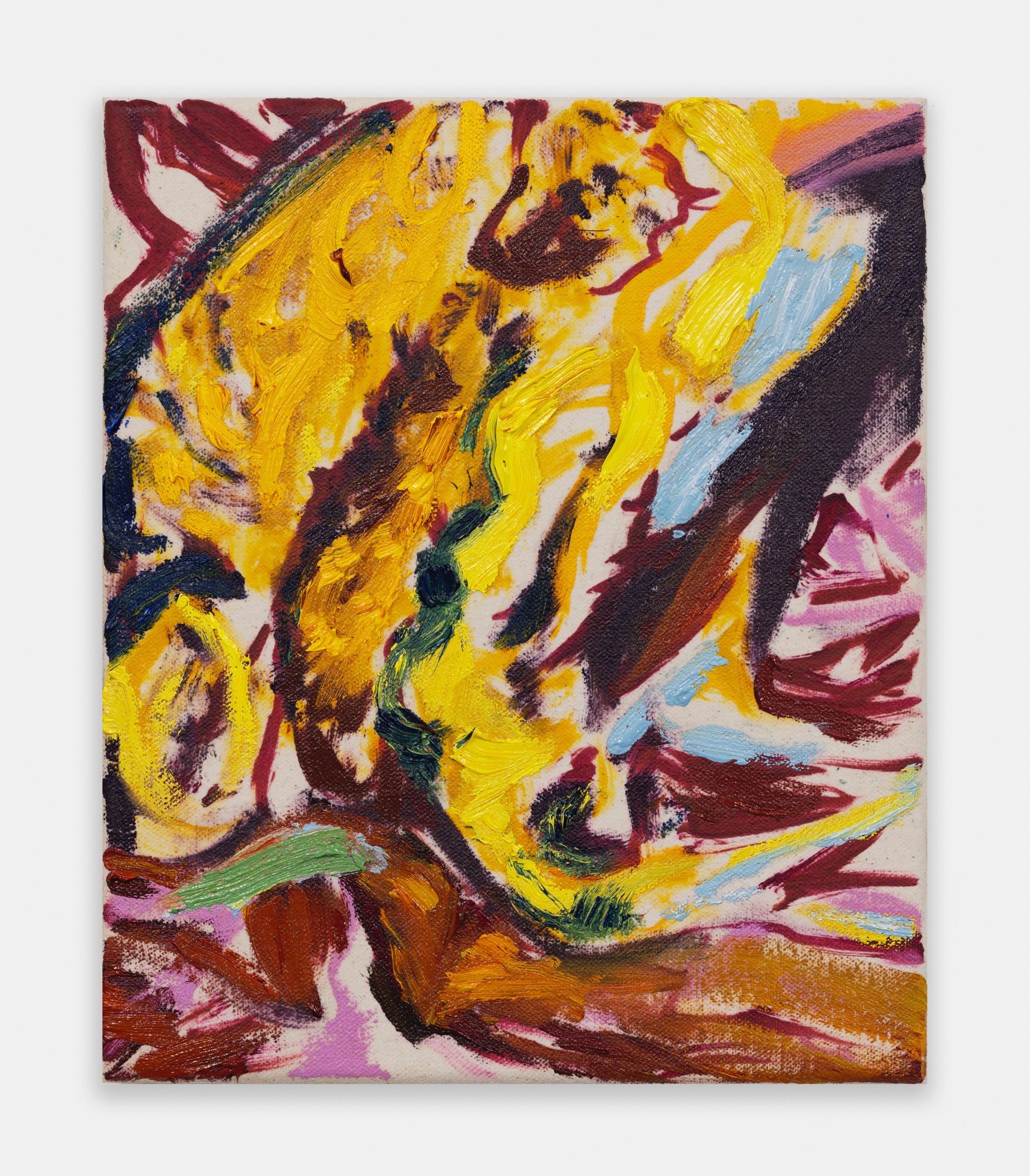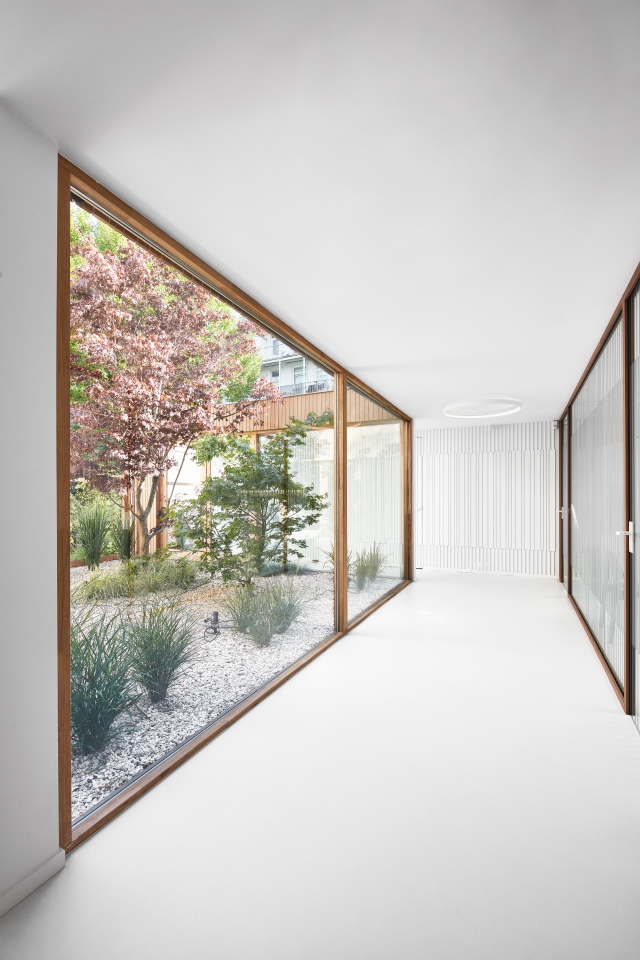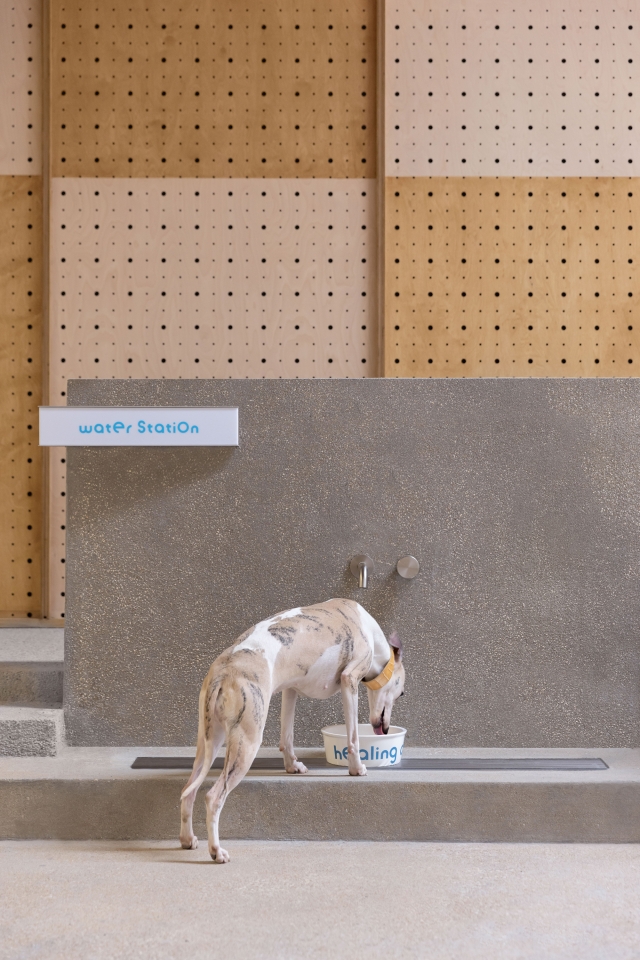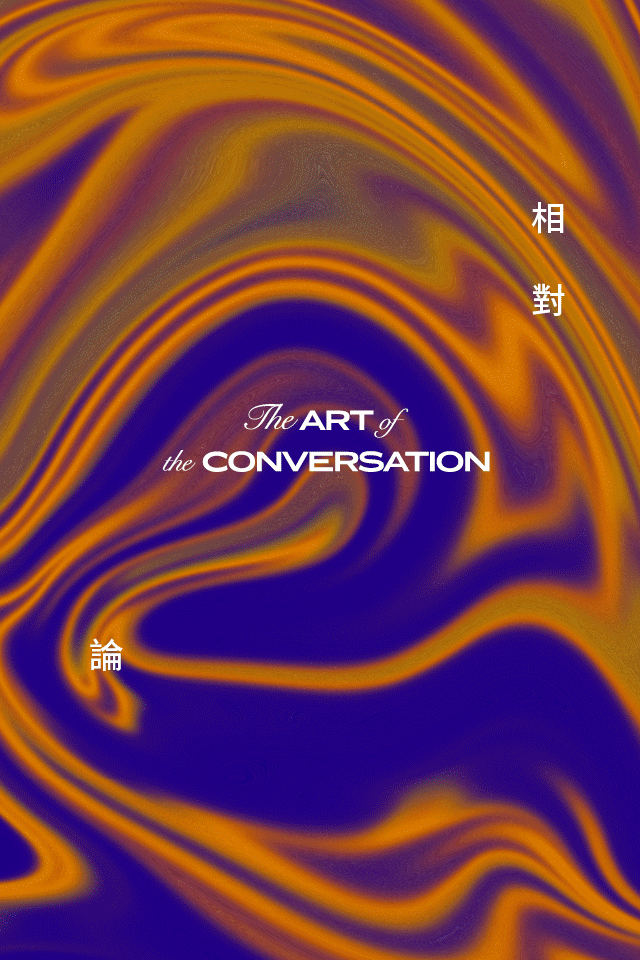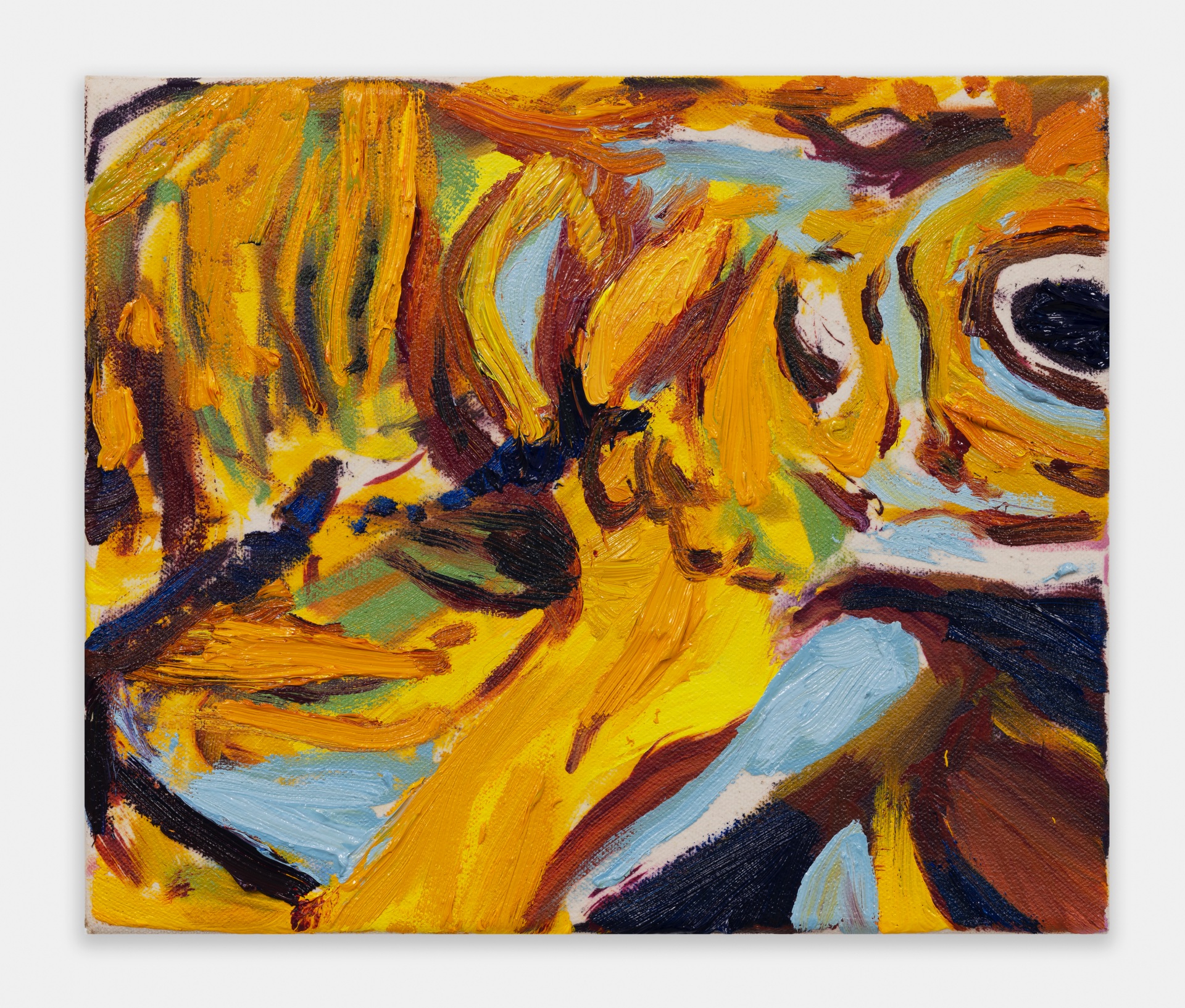
In The Hymn of the Toads, Martínez, referencing a poem by Evaristo Ribera Chevremont, transforms flora and fauna – the very DNA of myth and the bucolic – into a kind of chromatic musical notation, with each note of colour vibrating with the energy of presence, whilst simultaneously haunted by a heartfelt, inscrutable absence. Says Matt Carey-Williams, “It is a huge honour for me to showcase the exciting work of José Jun Martínez. He is an artist whose lyrical take on the physical act and philosophical arc of painting is an absolute joy to behold. Having been awarded the Valerie Beston Artists’ Trust Award at the RCA in 2024 there was much to expect from Martínez and this first solo exhibition of his in the United Kingdom certainly answers my and many others’ keen anticipation in his practice.”
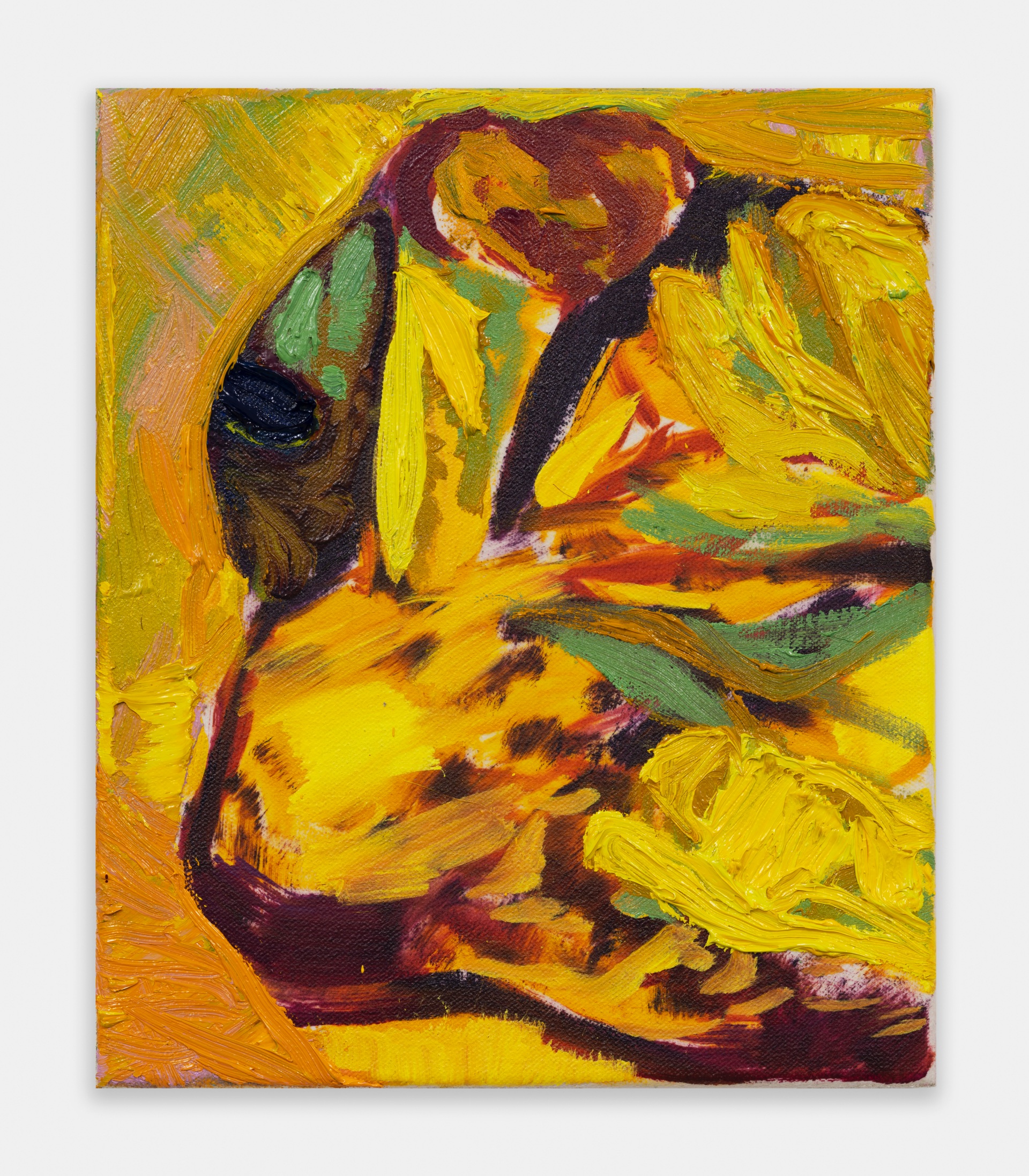
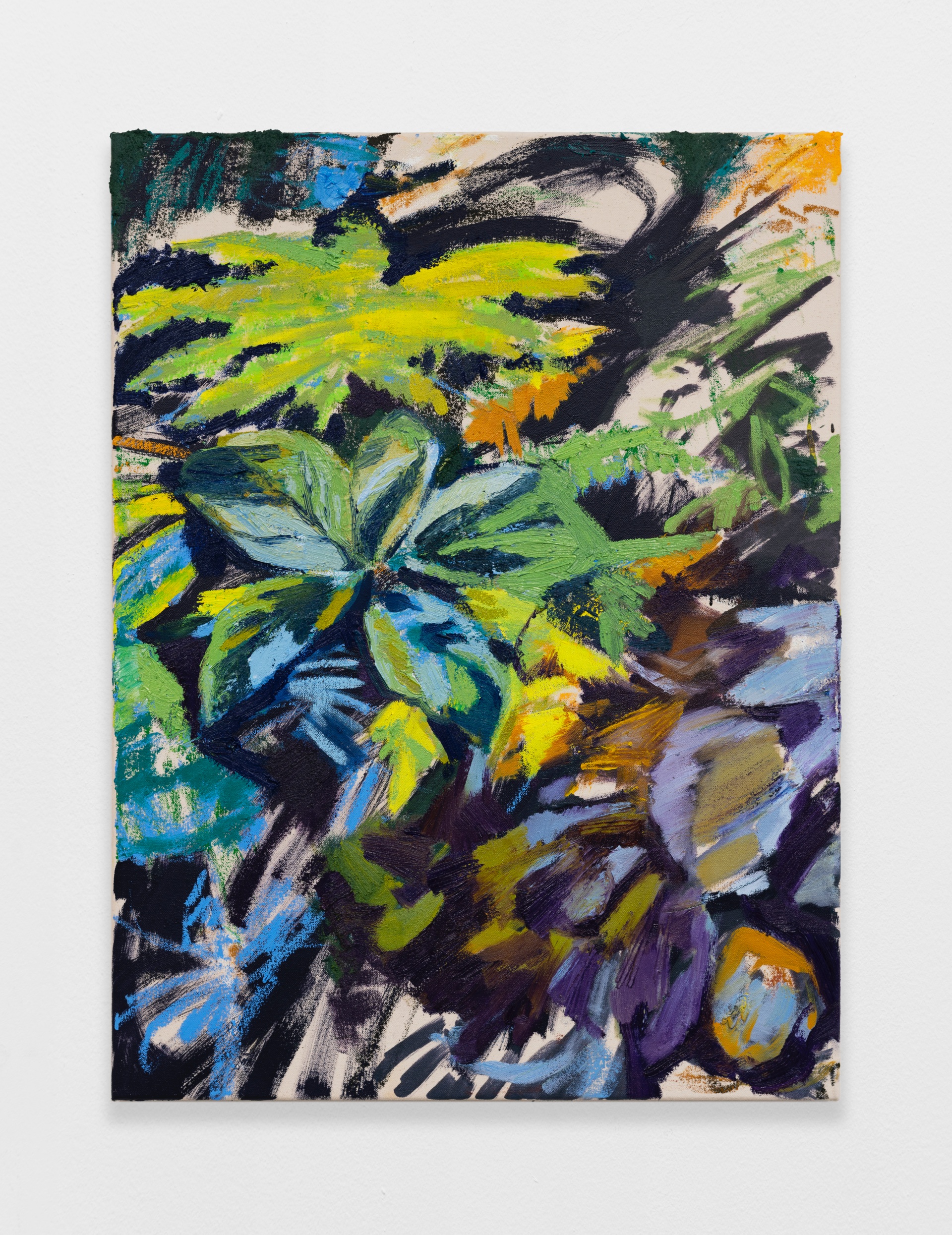
Scene VIII: José Jun Martínez, The Hymn of the Toads will be accompanied by an essay by Carey-Williams, examining and elucidating the artist’s oeuvre. José Jun Martínez’s mellifluous dance with the devils of abstraction make manifest a celebration yet challenge of our usual understanding of landscape. Under his watchful, intelligent eye, flora and fauna – the very DNA of myth and the bucolic - become a kind of chromatic musical notation, with each note of colour vibrating with the energy of presence, whilst simultaneously haunted by a heartfelt, inscrutable absence. Time, space and place are phrased with the gooey efflorescence of a peregrine palette, seemingly at odds with the often delectable, tender calligraphy of Martínez’s searching brush, articulating such chromatic abundance. So it is that a duality of means and meaning fuels the artist’s enterprise with the blessings and burdens of memory which, in turn, speak to the dynamo of becoming rather than to any fixity of being. The Hymn of the Toads is a new body of work that continues the artist’s impassioned dig into the alphabet, archaeology and geology of painting.
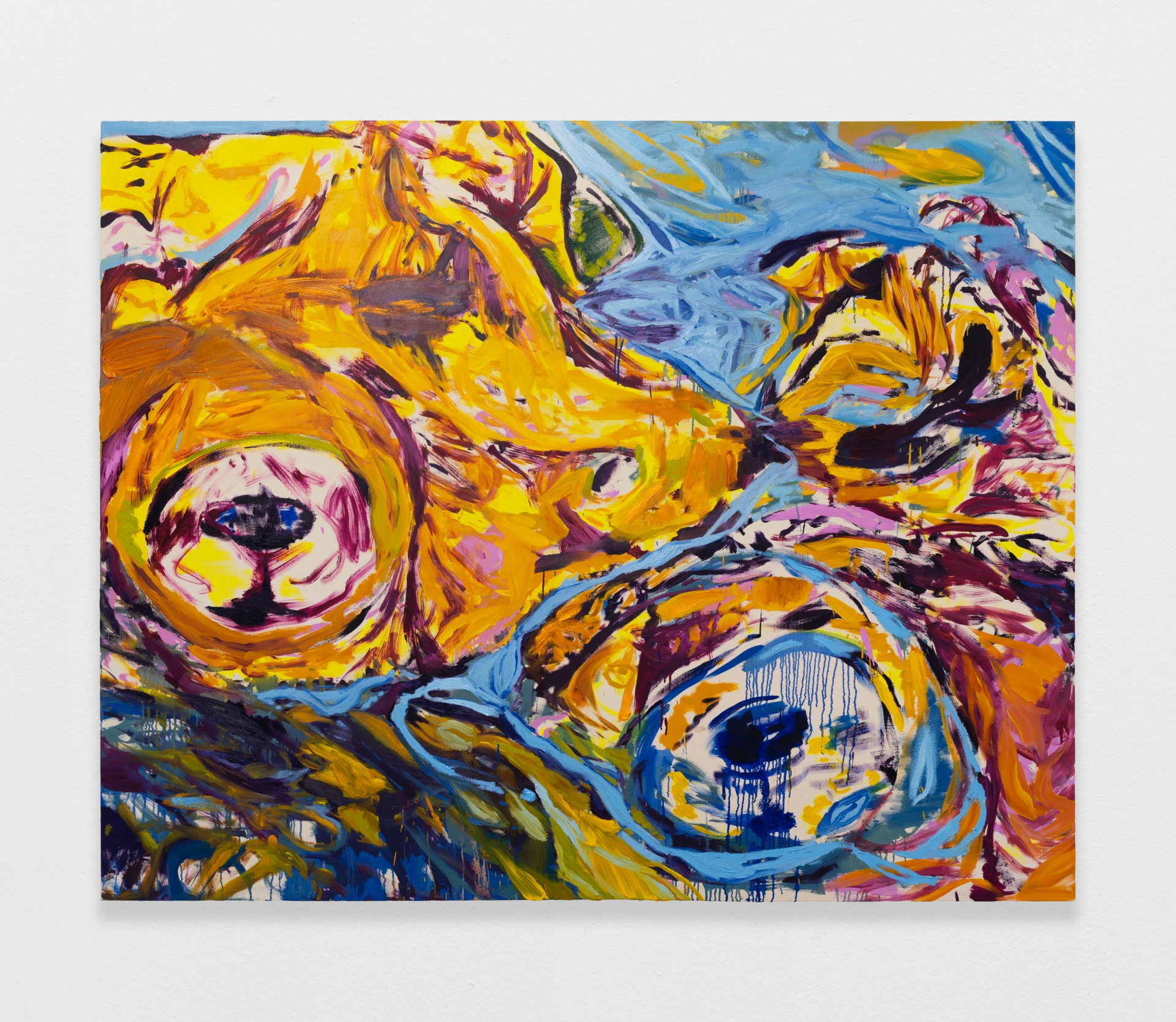
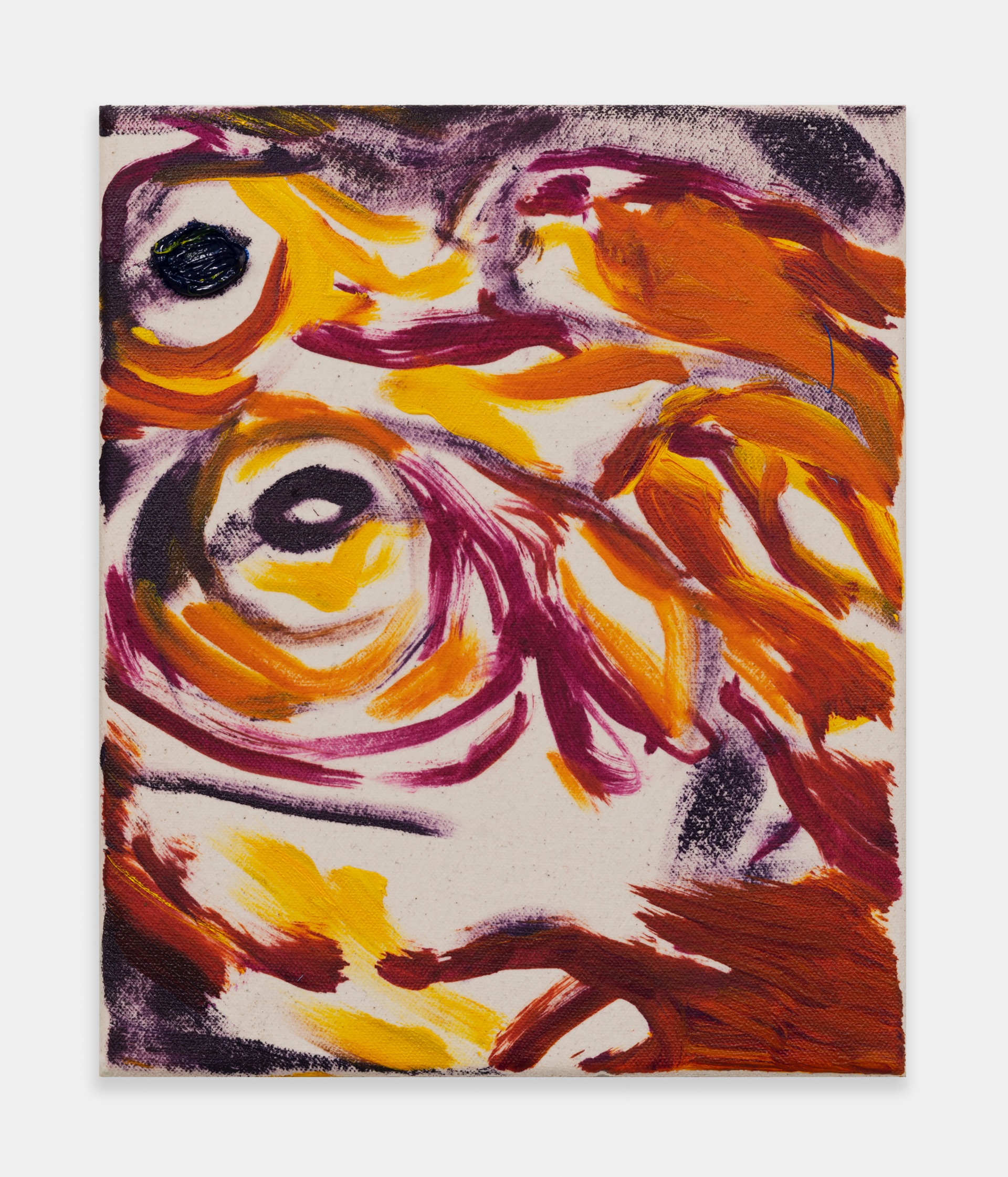
His being a quest to unearth ways of melding - in paint – the oceans of then and now; the security and familiarity of place with the amoeba of inchoate space. A journey that illuminates both the viscera and vicissitudes of Nature, oft sung physically yet, at times, whispered like magical, ancient secrets. The result is a sequence of succulent and saturated, spirited yet sensitive abstract surfaces that evince the glorious earth, mud, and dirt of both Nature (as subject) and Painting (as practice), equally inspired by the art, poetry and lore of Martínez’s homeland, Puerto Rico.
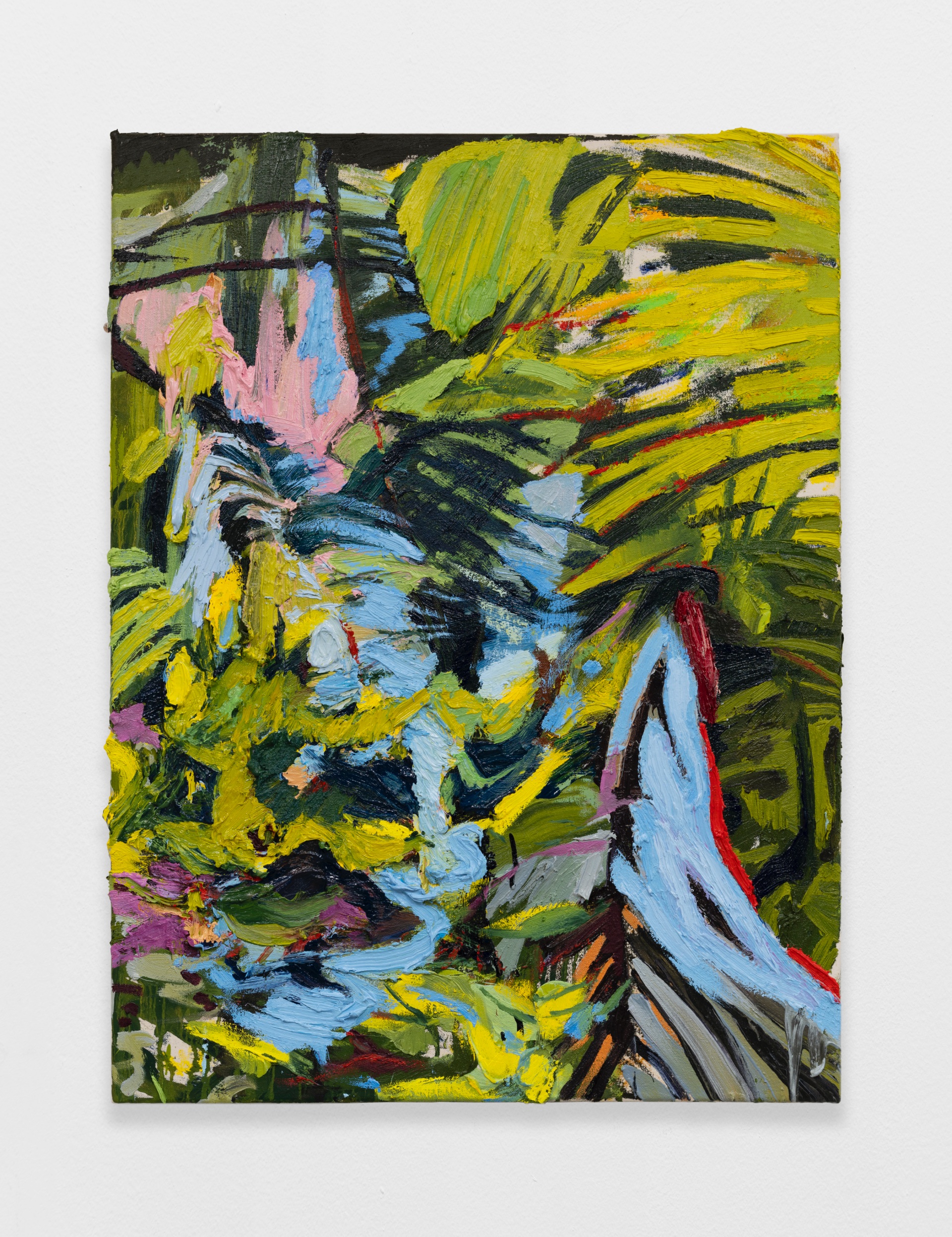
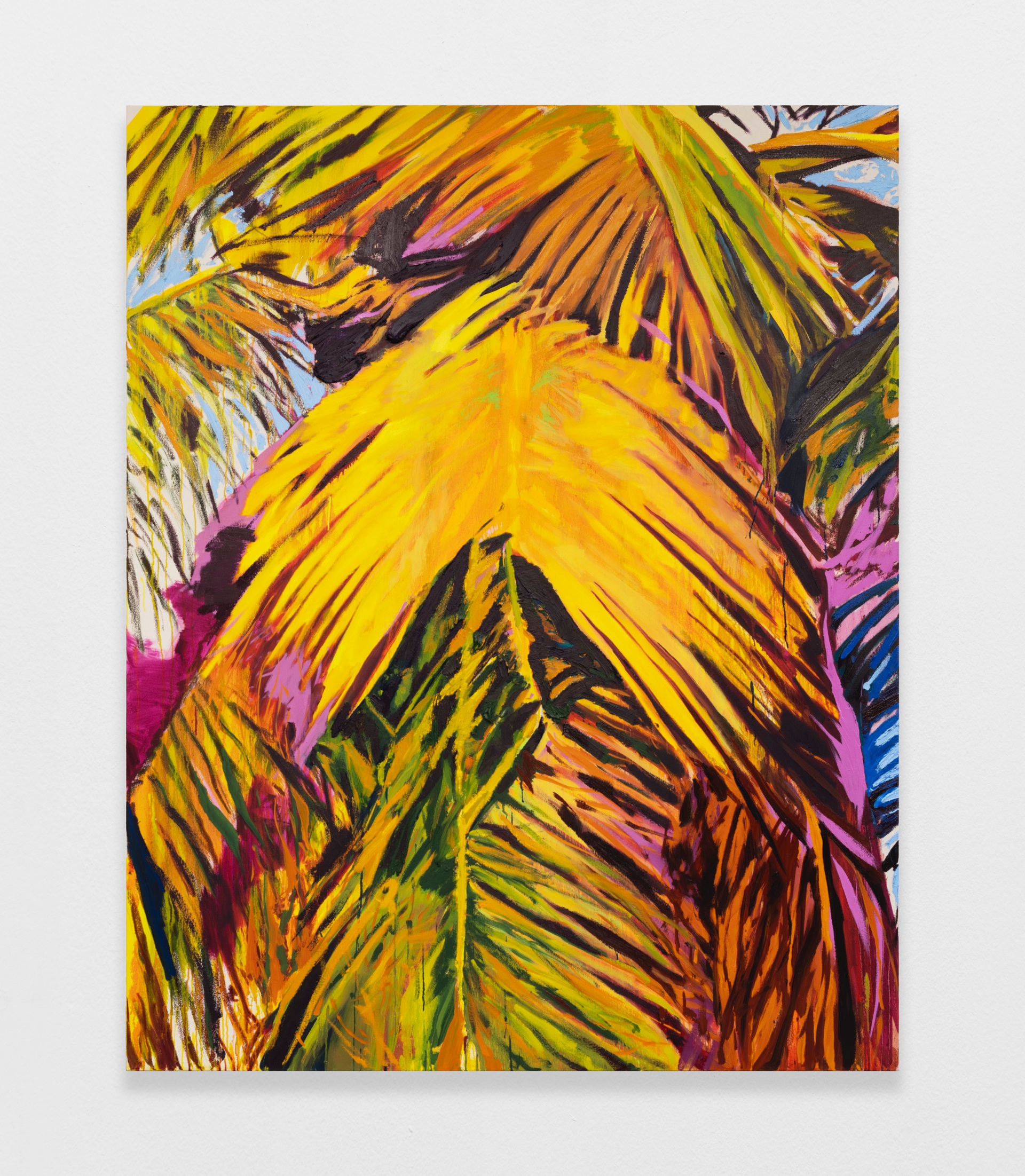
Home is like a mirage. Seen from afar it wobbles in waves of refracted ambiguity, desperate for realisation; when close it disappears: its dreamy ambition replaced by slippery streams of experience impossible to get any distance on and therefore gain any emotional or intellectual purchase from. So it is that Martínez’s universe recalls vignettes of Puerto Rico’s rich and colourful landscape but always tinged with the shadows of want. When midnight comes heavy with thoughts (2025) offers up a sumptuous carpet of azure, lime and lilac tones, their shapes evoking petals, leaves or stamens as if fleetingly witnessed in a thicket of wilderness seen from a speeding car. Yet for all their botanical insinuation, these shapes never quite crystallize into concrete renditions of the subtropical flora one finds in Puerto Rico. Colour – and thus form – is deliberately broken up by a surface punctuated with sporadic moments of emptiness; unblemished ground interrupting Martínez’s metamorphosis of colour into shape into subject. These moments serving to heighten both the agitation of a physical time and space – felt and remembered - whilst also nurturing a disentanglement of forms, lending the painted surface the brusque staccato of a medieval tapestry, where action and protagonist are isolated on barren unthreaded ground to amplify the thrust of their significance to the tale the tapestry tells.
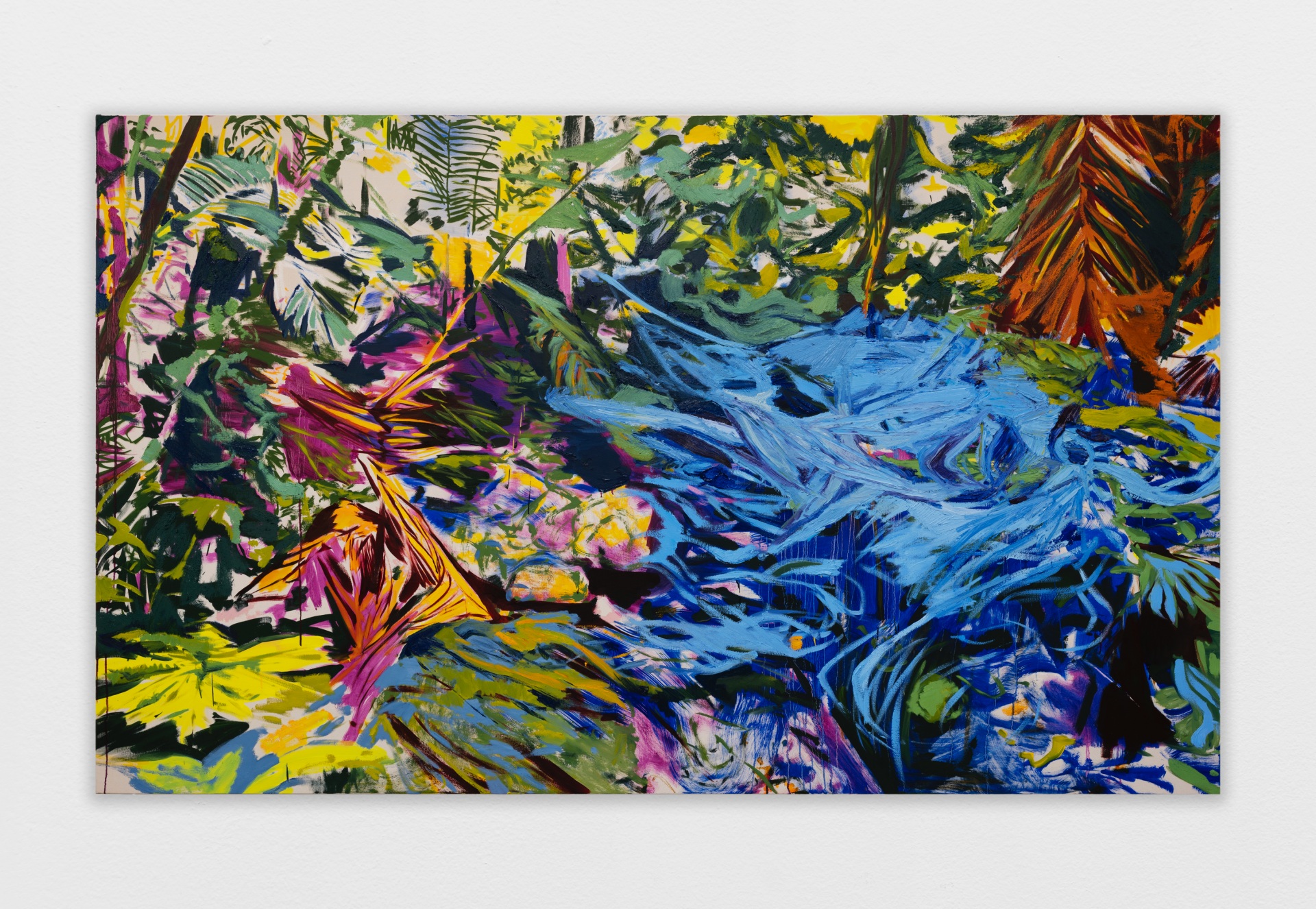
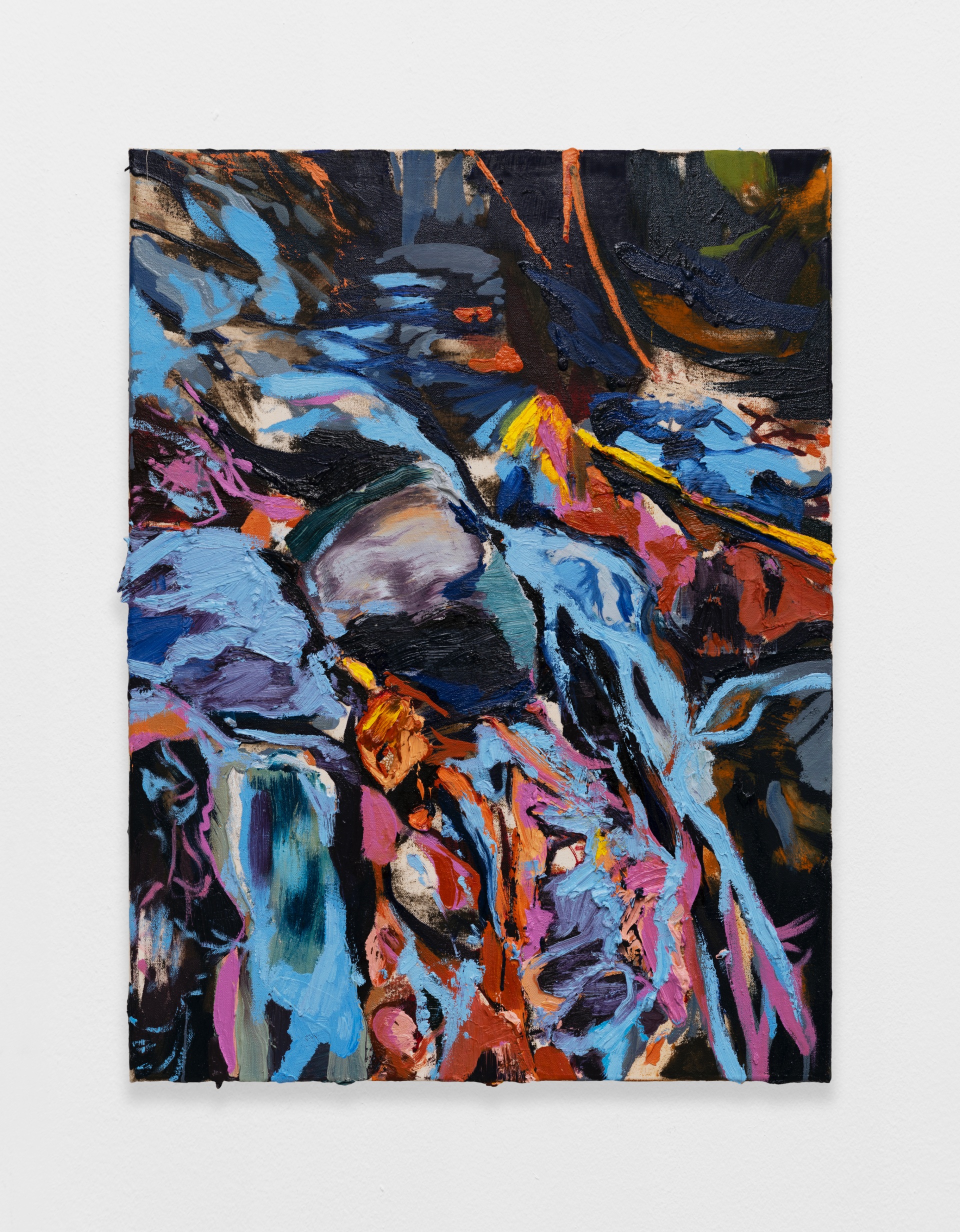
To find one’s place, it seems one must first abandon it. Martínez’s (re) discovery of his homeland (seen from afar in his current home of London) is achieved through a visual recollection that, like a favourite smell or a treasured piece of music, triggers memory in a more instinctual way. With the heart pierced by stars (2025) proposes a more abstract surface, with an architecture of dark, thrusting lines propping up the same blue, green and lavender hues visible in When midnight comes heavy with thoughts. Only the leaves of lush ferns, hurriedly zipping across the canvas, reveal themselves. Flower, plant, and tree are now subsumed into the vortex of Martínez’s eager brush, hop-scotching across the canvas so that the viewer is gifted but an augenblick of such flora. Colours and forms slide quickly into one another, only for them to collide with passages bereft of pigment, thus morphing between a sense of known and unknown; a contest that overrides any registration of botanical phenomena, yet which leaves the viewer feeling they are deep inside such terrain. Memory both charges and is charged by an emotional intensity that is, of course, motivated not by proximity but by distance. The artist’s displacement may leave him heavy of heart, as these titles suggest, yet these two luxuriant paintings teem with the vibrancy and light of a place so fondly remembered that the need for its physical description remains subservient to the emotional, umbilical power it engenders in both the artist and his viewer.
